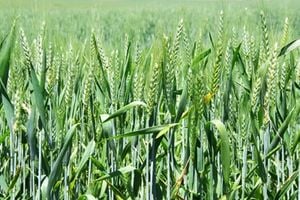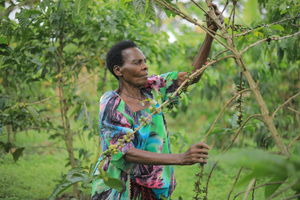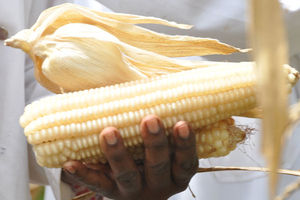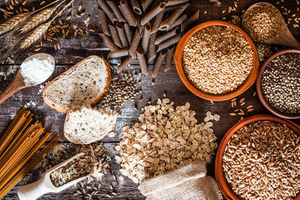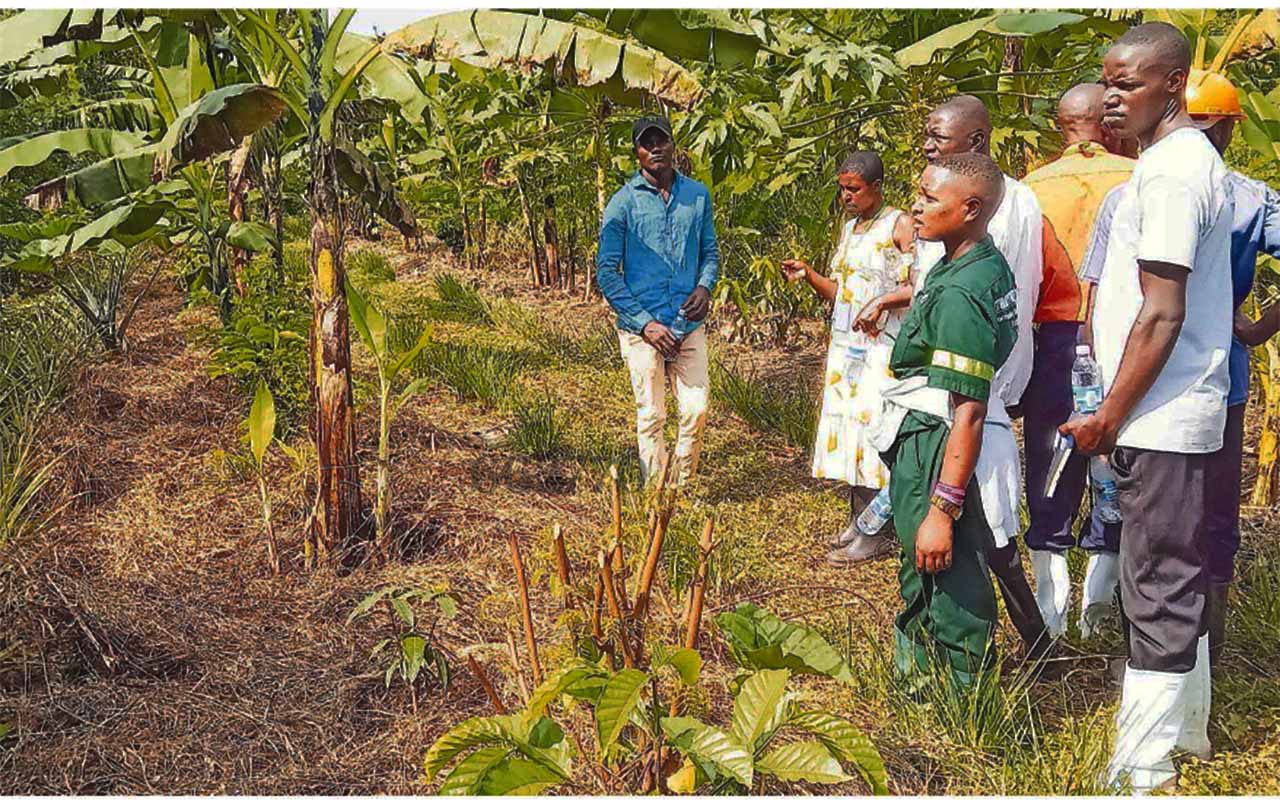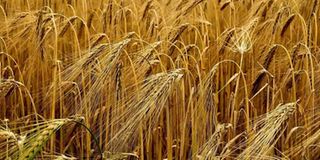
Mature barley garden. PHOTO/courtesy
Barley is usually grown on a rotation with other crops, such as wheat, to improve soil fertility and reduce the risk of pests and diseases. Currently, approximately 70 percent of global barley production is used as animal fodder, with the remaining 30 percent used as a fermentable material for beer and certain distilled beverages, as well as a component of various foods. Barley is used in soups and stews, as well as in various cultures’ barley bread. Malt is commonly made from barley grains in a traditional and ancient method.
Soil requirement
Barley is a cereal grain that grows best in well-drained soil with a pH between 6.0 and 7.0. It thrives in various soil types, including clay, loam, and sandy soils. However, it is not tolerant of drained or waterlogged soils. Before planting barley, it is important to prepare the land by removing weeds and other debris.
We can do this through tillage or the use of herbicides. We should also test the soil to determine the nutrient levels and pH. Add fertilisers and lime to adjust the soil to the desired levels. Once the land is prepared, the seeds can be planted either by hand or with the use of a drill.
It is a hardy crop that can tolerate a wide range of climatic conditions, but it prefers cool temperatures and adequate rainfall.
Climate
Barley is a cool-season crop that grows best in regions with long, cool winters and short, mild summers. They grow it in areas with average annual temperatures ranging from 10-20°C (50-68°F). It can tolerate frost and light snow, but it is sensitive to heat and drought stress.
Temperature
Barley grows best in temperatures ranging from 10-20°C (50-68°F). It is a hardy crop that can tolerate frost and cold temperatures, but it is sensitive to heat stress. High temperatures during the flowering stage can reduce grain yield and quality.
Rainfall
Barley requires adequate moisture for optimal growth and development. It is sensitive to drought stress, which can lead to reduced grain yield and quality. For optimal growth, barley requires around 500-700 mm (20-28 inches) of annual rainfall. It can tolerate dry conditions to some extent, but irrigation may be required in regions with low rainfall or dry soils.
Propagation
Barley is propagated by planting seeds in the soil. The seeds are sowed at a depth of about 1-2 inches in well-drained, fertile soil and spaced about 6 inches apart.
Watering should be done to keep the soil moist until the seeds germinate, which takes about 7-10 days. Once the seedlings have emerged, they should be thinned out to about 4-6 inches apart to give them enough space to grow and develop. As the plants grow, they should be fertilized and watered to ensure optimal growth and yield.
Sometimes, farmers may also propagate barley through the use of seedlings or transplants. This involves starting the seeds in pots or trays in a greenhouse or indoor setting and then transplanting the seedlings into the field once they have grown to a sufficient size.
Overall, the key to successful propagation in barley farming is to provide the seeds or seedlings with the right combination of soil, water, and nutrients to enable them to grow and thrive.
Seeds and seed rate for barley
The seeds used for planting barley are small, round, and light-colored. They can be purchased from seed companies or from a previous barley harvest.
The seed rate for barley varies depending on the variety, the location, and the intended use of the crop. The seed rate for barley will depend on the variety being planted and the intended use of the crop. The seed rate for barley is between 18-35 kg per acre.
Factors such as soil type, weather, and seed size can also affect the seed rate. Under irrigated conditions, 35 kg of seeds per acre is required, while rain-fed conditions require 45 kg of seeds per acre. When planting barley, it is important to prepare the soil and choose a location with good drainage. Barley seeds should be planted at a depth of about 1 to 2 inches and spaced about 6 inches apart in rows.
Sowing and spacing
Planting the seeds at the proper depth and spacing is important to ensure optimal growth. Barley seeds should be planted 1 to 2 inches deep and spaced 6 to 8 inches apart in rows that are spaced 18 to 30 inches apart. Several sowing methods can be used in barley farming, including direct seeding, transplanting, broadcasting, drilling, and inter-cropping. Use row-to-row spacing of 22.5 cm. In case of delayed sowing, use the spacing of 18-20 cm.
Organic manures
Organic manures and bio-fertilisers are important for barley farming as they can help improve soil fertility and structure and provide essential nutrients to the crop. Organic manures are made from organic materials, such as compost, animal manure, and green manures (plants grown specifically to be incorporated back into the soil). They help improve soil structure and water-holding capacity and also provide a range of essential nutrients, including nitrogen, phosphorus, and potassium.
Weed control
Cultural weed control: This involves crop rotation, soil tillage, and planting cover crops to reduce weed growth.
Biological weed control: Using predatory insects or fungi to control weeds can be an effective and eco-friendly option.
Mechanical weed control: Hand weeding or using mechanical tools such as hoes or cultivators can help control weeds in barley fields.
Mulching: Covering the soil with a layer of mulch, such as straw or hay, can help prevent weed seeds from germinating and reduce weed growth.
Harvesting and storage
Harvesting in barley farming occurs when the barley grain has reached maturity, which is about 3-4 months after planting. When the grain has 25% to 30% of its weight in water, it’s appropriate to harvest it. For manual harvesting, use serrated edge sickles. The optimal time for harvesting is when the grain is dry, and the straw is yellowed. To harvest, they cut the barley with a combined harvester, separating the grain from the straw. The straw is often baled and used as animal bedding or mulch, while the grain is collected in a hopper on the combine.
Fertilisers
Bio-fertilisers are living microorganisms that can be applied to the soil or plants to provide essential nutrients. They can include nitrogen-fixing bacteria, which help convert atmospheric nitrogen into a form that plants can use, and mycorrhizal fungi, which help plants absorb nutrients from the soil.
